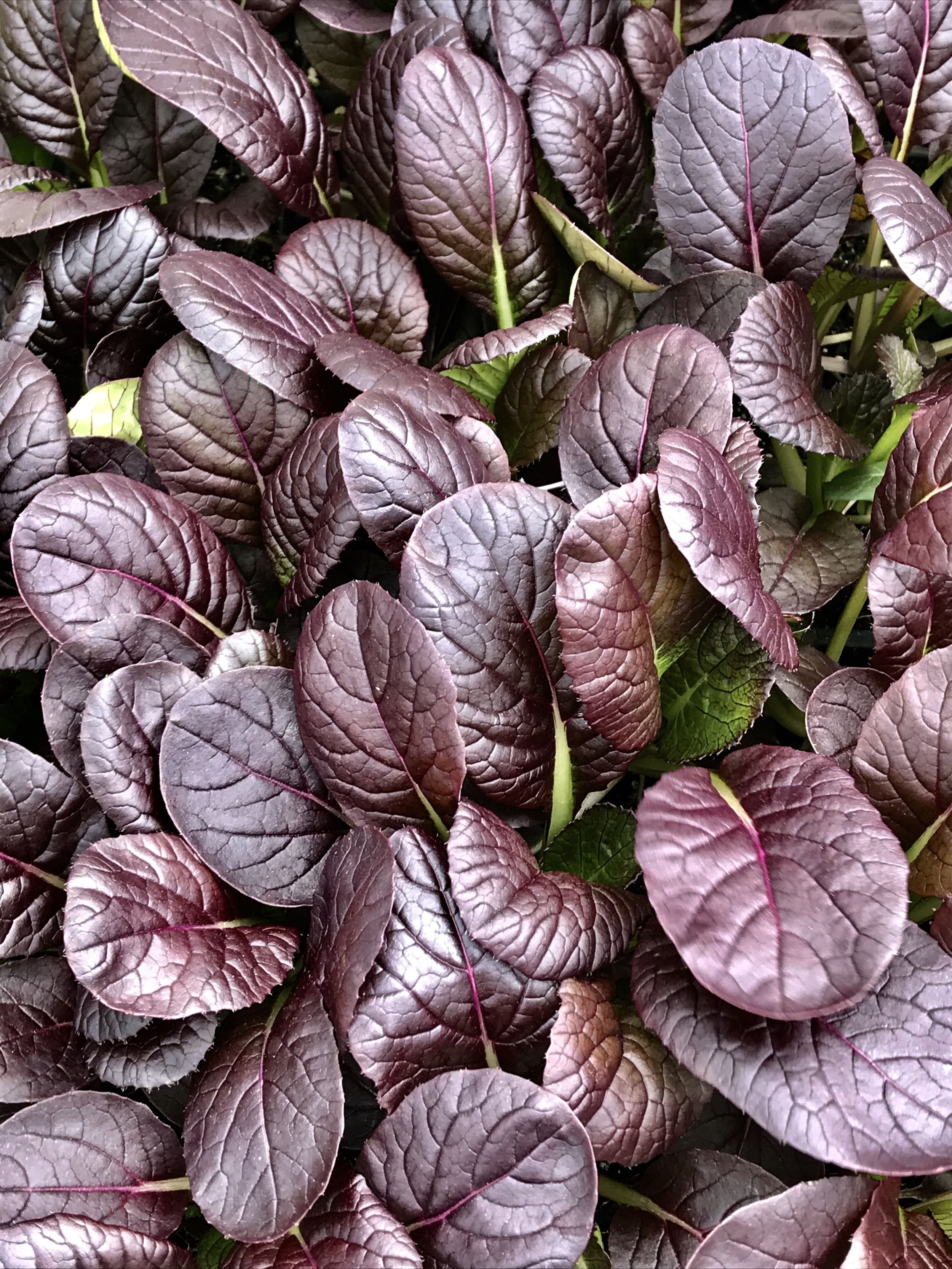JUNE
GARDENING TIPS
June is here and gardening season is in full swing! We have longer days of sun, warmer temperatures and the flowers are abundant. Now while working in the garden you get to enjoy the fruits of your labor, picking fresh flowers, nibbling on fresh veggies and berries, watching pollinators at work and enjoying all the summer scents.
***************
VEGETABLE GARDENS
We are still in the midst of our planting season and this is a great time for planting! All the warm season vegetables can go in now: tomatoes, peppers, eggplants, beans, corn and squash. A second crop of most of the spring plants can also go in now: lettuce, arugula, carrots and beets. Stake vines and veggies as needed. Mulch or top dress around vegetables to prevent weeds and conserve moisture. Our new favorite mulch is Leaf Mold. Ask about it at the nursery.
PRUNE
Pinch terminal buds on rhododendrons for more flowers next year.
Prune spring flowering shrubs immediately after they flower (lilacs for example)
Lightly prune boxwood after they show new growth to get a pleasing shape.
WEED
Stay ahead of weeds! Fill in holes with more plants, that helps keep out the weeds.
MULCH
Apply fresh mulch if you have not done so already. Add or mulch with Leaf Mold. We carry bagged Coast of Maine mulches as well.
FERTILIZE
If not done so already it is a good time to feed anything that is already in the ground. Use a time release fertilizer to avoid burning plant roots and give gentle nutrients that will last for several months.
Use organic fertilizers. The Espoma fertilizers break down slowly and are packed with micronutrients in addition to the three macronutrients Nitrogen, Phosphorous and Potassium.
For quicker nutrient availability, water it in using a liquid fertilizer. Ask about our organic liquid fertilizers at the Garden Center.
ANNUALS
Plant out your containers, window boxes and garden beds with annuals. Don’t forget to deadhead your flowers to encourage more and enhance the appearance of beds and containers. Add slow-release organic fertilizer when planting, then give them a weekly snack with a quarter-strength liquid fertilizer.
***************
Oenothers Siskiyou Pink
Phlox divaricata (woodland phlox) with Euphorbia polychromatic
Delphinium, Foxglove with Yarrow and Oenothers Siskiyou Pink
WATER
Water consistently!
All the newly planted or transplanted plants need to be watered deeply 1 to 2 times a week depending on whether or not we get rain and how sunny it is.
The best rule of thumb for trees and woody shrubs is water once a day for the first week to get the soil good and moist around the root system. Then once a week for the first year if there is not a good rain. July and August are usually the most important months to water.
A “deep water” depends on the precipitation rate, for example holding a hose full flow on a shrub would only need a few minutes while a sprinkler that covers a large area should run an hour as long as there is not run off.
Morning is a good time to water because there will not be as much evaporation as when it is sunny and hot. It is a myth that watering in the heat of the day the water drops will be magnified by the sun and burn the leaves. If that were so it would happen every time there is a shower and then the sun comes out.
A 1 to 3 inch layer of mulch helps slow down evaporation and is very beneficial for plants. The mulch also breaks down over time and becomes organic matter which helps hold moisture and nutrients.
















